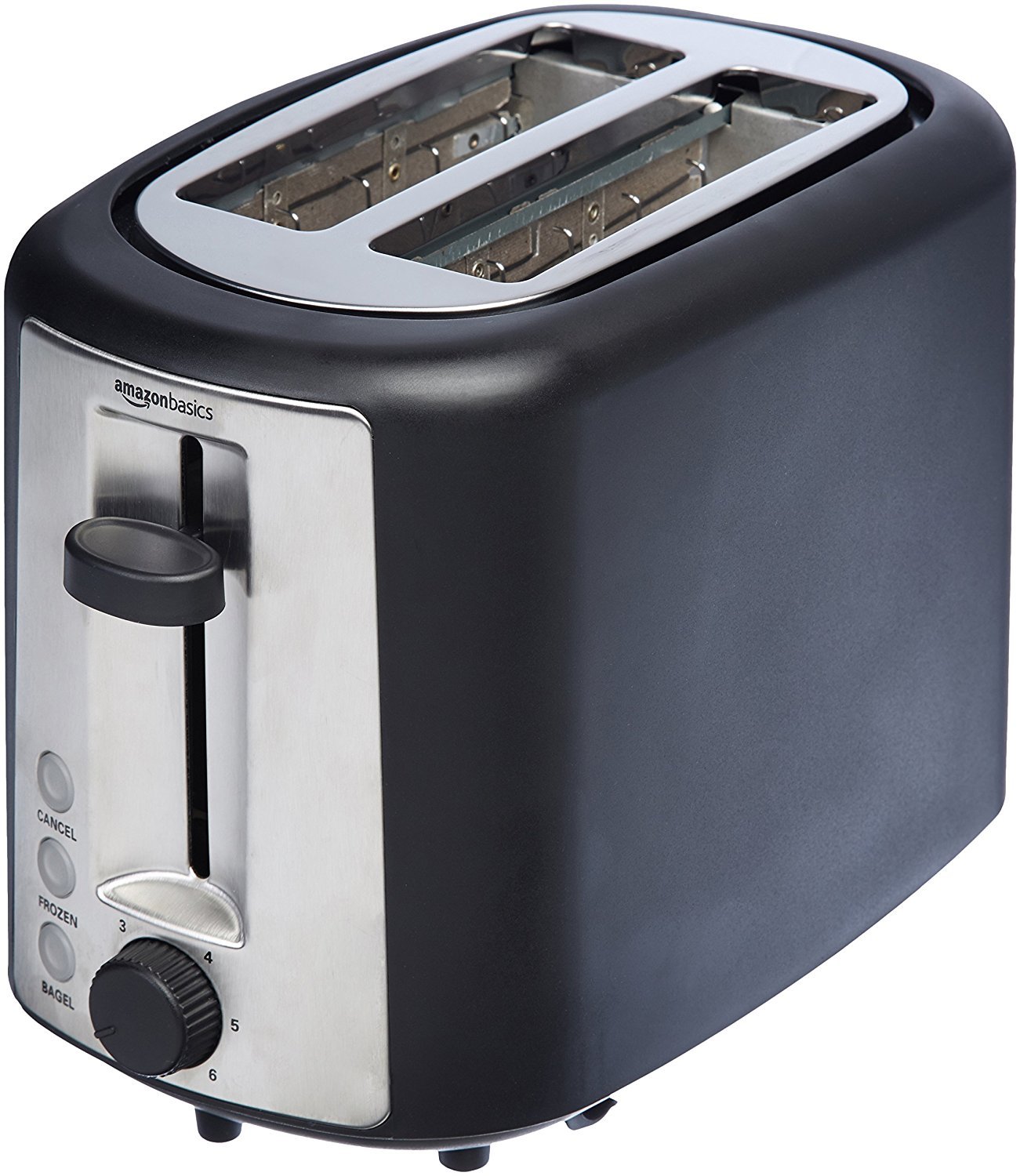A mess.
I only use the highest of grade when it comes to hardware
Case: found in the trash
Motherboard: some random Asus AM3 board I got as a hand-me down.
CPU: AMD FX-8320E (8 core)
RAM: 16GB
Storage: 5x2tb hdds + 128gb SSD and a 32GB flash drive as a boot device
That’s it… My entire “homelab”
Beautiful. 🫠
I have 5 servers in total. All except the iMac are running Alpine Linux.
Internet
Ziply fiber 100mb small business internet. 2 Asus AX82U Routers running in AiMesh.
Rack
Raising electronics 27U rack
N3050 Nuc’s
One is running mailcow, dnsmasq, unbound and the other is mostly idle.
iMac
The iMac is setup by my 3d printers. I use it to do slicing and I run BlueBubbles on it for texting from Linux systems.
Family Server
Hardware
- I7-7820x
- Rosewill rackmount case
- Corsair water cooler
- 2 4tb drives
- 2 240gb ssd
- Gigabyte motherboard
Mostly doing nothing, currently using it to mine Monero.
Main Cow Server
Hardware
- R7-3900XT
- Rosewill rackmount case
- 3 18tb drives
- 2 1tb nvme
- Gigabyte motherboard
Services
- ZFS 36TB Pool
- Secondary DNS Server
- NFS (nas)
- Samba (nas)
- Libvirtd (virtual macines)
- forgejo (git forge)
- radicale (caldav/carddav)
- nut (network ups tools)
- caddy (web server)
- turnserver
- minetest server (open source blockgame)
- miniflux (rss)
- freshrss (rss)
- akkoma (fedi)
- conduit (matrix server)
- syncthing (file syncing)
- prosody (xmpp)
- ergo (ircd)
- agate (gemini)
- chezdav (webdav server)
- podman (running immich, isso, peertube, vpnstack)
- immich (photo syncing)
- isso (comments on my website)
- matrix2051 (matrix to irc bridge)
- peertube (federated youtube alternative)
- soju (irc bouncer)
- xmrig (Monero mining)
- rss2email
- vpnstack
- gluetun
- qbittorrent
- prowlarr
- sockd
- sabnzbd
Why do you host FreshRSS and MiniFlux if you don’t mind me asking?
I kind of prefer mini flux but I maintain the freshrss package in Alpine so I have an instance to test things.
Thank you. I’m looking at sorting an aggregator out and am leaning towards Miniflux
Pi4 with 2TB SSD running:
- Portainer
- Calibre
- qBittorrent
- Kodi
HDMI cable straight to the living room Smart TV (which is not connected to the internet).
Other devices access media (TV shows, movies, books, comics, audiobooks) using VLC DLNA. Except for e-readers which just use the Calibre web UI.
Main router is flashed with OpenWrt and running DNS adblocker. Ethernet running to 2nd router upstairs and to main PC. Small WiFi repeater with ethernet in the basement. It’s not a huge house, but it does have old thick walls which are terrible for WiFi propogation.

It’s running NetBSD, isn’t it?
Internet:
- 1G fiber
Router:
- N100 with dual 2.5G nics
Lab:
- 3x N100 mini PCs as k8s control plane+ceph mon/mds/mgr
- 4x Aoostar R7 “NAS” systems (5700u/32G ram/20T rust/2T sata SSD/4T nvme) as ceph OSDs/k8s workers
Network:
- Hodge podge of switches I shouldn’t trust nearly as much as I do
- 3x 8 port 2.5G switches (1 with poe for APs)
- 1x 24 port 1G switch
- 2x omada APs
Software:
- All the standard stuff for media archival purposes
- Ceph for storage (using some manual tiering in cephfs)
- K8s for container orchestration (deployed via k0sctl)
- A handful of cloud-hypervisor VMs
- Most of the lab managed by some tooling I’ve written in go
- Alpine Linux for everything
All under 120w power usage
How are you finding the AooStar R7? I have had my eye on it for a while but not much talk about it outside of YouTube reviews
They’ve been rock solid so far. Even through the initial sync from my old file server (pretty intensive network and disk usage for about 5 days straight). I’ve only been running them for about 3 months so far though, so time will tell. They are like most mini pc manufacturers with funny names though. I doubt I’ll ever get any sort of bios/uefi update
looks like this and runs NetBSD
Services:
- OpenSSH

Why?
I don’t understand, why what my lemmy?
Bad. I have a Raspberry Pi 4 hanging from a HDMI cable going up to a projector, then have a 2TB SSD hanging from the Raspberry Pi. I host Nextcloud and Transmission on my RPi. Use Kodi for viewing media through my projector.
1) DIY PC (running everything)
- MSI Z270-A PRO
- Intel G3930
- 16GB DDR4
- ATX PSU 550W
- 250GB SSD for OS
- 500GB SSD for data
- 12TB HDD for backup + media
2) Raspberry pi 4 4GB (running 2nd pihole instance)
Only 2 piHOLES?
Not sure is this a joke, but I dont see a reason to have more than 2.
Sorry forgot the /s
https://pixelfed.social/p/thejevans/664709222708438068
EDIT:
Server:
- AMD 5900x
- 64GB RAM
- 2x10TB HDD
- RTX 3080
- LSI-9208i HBA
- 2x SFP+ NIC
- 2TB NVMe boot drive
Proxmox hypervisor:
- TrueNAS VM (HBA PCIe passthrough)
- HomeAssistant VM
- Debian 12 LXC as SSH entrypoint and Ansible controller
- Debian 12 VM with Ansible controlled docker containers
- Debian 12 VM (GPU PCIe passthrough) with Jellyfin and other services that use GPU
- Debian 12 VM for other docker stuff not yet controlled by Ansible and not needing GPU
Router: N6005 fanless mini PC, 2.5Gbit NICs, pfsense
Switch Mikrotik CRS 8-port 2.5Gbit, 2-port SFP+
You play games on that server don’t you. 😁
I have a Kasm setup with blender and CAD tools, I use the GPU for transcoding video in Immich and Jellyfin, and for facial recognition in Immich. I also have a CUDA dev environment on there as a playground.
I upgraded my gaming PC to an AMD 7900 XTX, so I can finally be rid of Nvidia and their gaming and wayland driver issues on Linux.
Does Immich require a GPU or can it do facial recognition on CPU alone?
It can work on CPU alone, but allows for GPU hardware acceleration.
Nice. I gotta try it.
A 13-year-old former gaming computer, with 30TB storage in raid6 that runs *arrs, sabnzbd, and plex. Everything managed by k3s except plex.
Also, 3-node digital ocean k8s cluster which runs services that don’t need direct access to the 30TB of storage, such as: grocy, jackett, nextcloud, a SOLID server, and soon a lemmy instance :)
The Lemmy instance might need access to large storage.
My instance’s image cache is like 230GB. Plus a bunch more for the db. Can confirm storage is needed.
(unrelated question 😶 - anyone running pictrs 0.5 on local storage happily?)
Thanks for the heads up.
I plan on using digital ocean’s Spaces (s3-alike) where possible and also it’s intended to be a personal instance, at least to start - just for me to federate with others and subscribe to my communities. Given that, do you think it’ll still use much disk (block device) storage?
Might be time to familiarize myself with DO’s disk pricing…
- Pico psu
- Asrock n100m
- Eaton3S mini UPS
- 250gb OS Sata SSD
- 4x sata 4t SSD’s
- Pcie sata splitter
All in a small PC Case
sever is running YunoHost
-
Server - Desktop Tower
- Build - Intel server board & CPU based on old serverbuild naskiller guide
- OS on SSD
- ZFS ON 8 6TB DRIVES, YIELDING ~36TB of storage, recoverable with up to two failed drives
- Runs (via docker)
- Navidrome (webui used daily @ work, dsub on phone, feishin on desktop)
- Jellyfin (used almost exclusively locally on my TV, occasionally to watch with friends on web)
- Nextcloud (used occasionally, mostly backs up password files, etc or to share. Thinking about replacing.)
- QBitTorrent with glutun VPN
- Audiobookshelf - used frequently for audiobooks. Occasionally for podcasts. Often more convenient to use antennapod/pocket casts on phone for active podcasts)
- Kavitas - used seldom. Thinking about stopping. I like using obps on my rooted kindle to access my library.
- Changedetection.io -watch some sites for new products, etc
- Kiwix (local wikipedia copy I use shortcuts in FF locally to search for things)
- Homepage (local links I use on local machines to my services)
- Build - Intel server board & CPU based on old serverbuild naskiller guide
-
Raspberry pi
- Adguard home & unbound - block most garbage for any traffic from my home
Thoughts - I’m considering downsizing. I don’t really need all that much space, and it can be a headache at times. With drive replacement costs on top of power (~$320 a year) I consider either going to a vps or downsizing to what could run on a small compute like the n100 or a raspberry pi5, etc.
Look for 5W idle consumption boards + CPU combos which go down to package C6+ state. HardwareLuxx has a spreadsheet with various builds focusing on low power. Sell half your disks, go mirror or Raidz1. Invest the difference in off-site vps and or backup. Storage on any SBC is a big pain and you will hit the sata connector / IO limits very soon.
The small NUC form factors are also fine, but if your problem is power you can go very low with a good approach and the right parts. And you’ll make up for any new investments within the first year.
Thanks! I need to look more into what the power implications of 8 drives is - they never spin down, so I assume they are a non-trivial portion of my power consumption.
That said, I’ve been considering upgrading to something recent and low power anyways. It would be a good opportunity to sneak in some useful features too,
- Maybe the possibility of transcoding a video stream
- USB3 (not a huge deal)
- Non VGA display (useful, for when connection issues arise)
- Audio jack (I could use navidrome jukebox mode!)
Which the old hardware wouldn’t support without adapters, cards, etc.
Responding to myself…
Datasheet reports 7.05 idle watts (~11w at active random read) so depending on what it considers idle, it’d be 8*7.05|11= 56.4:88W
Server clocks in at ~102W. Halving the drives would reduce the power by 27 : 43%
And in theory other components (motherboard, CPU…) must be using anywhere from (102-88) :(102-56.4)= 14 : 45.6 W.
Oh okay that’s a lot of power. For reference, I just set up an old Haswell PC as a NAS, idling at 25W (can’t get to low Package C states) and usually at 28-30 running light workloads on an SSD pool. My plan was to add a 5 disk cage and at least 3 HDDs, with Raidz2 and 5 disks being the mid term goal. Absolutely unnecessary and a huge waste. I settled on less but larger disks, and in mirror I can get 12-18 TB usable space for under 500€. Less noise and power draw too.
Which vpn provider do you use for torrents?
Proton, some of their paid exit nodes support P2P
-
It’s a work in progress, but https://wiki.gardiol.org (which is OFC self-hosted)
Anyway, beefy HP laptop with 32gb ram and Xeon CPU to run all services. 3 RAID-1 (Linux sw raid) usb3 volumes to host all services and data.
Two isp’s: Vodafone FVA 5G (data capped) for general navigation and Fastweb FTTC (low speed but uncapped) for backup access and torrent/Usenet downloads.
Gentoo Linux all the way and podman, but as much limited as possible: only immich (that’s impossible to host on bare metal due to devs questionable choices).
Services: WebDAV/webcal/etc wiki, more stuff, arrs, immich, podfetch, and a few more.
All behind nginx reverse proxy.
99% bare metal.
Self developed simple dashboard
External access via ssh tunnels to vps
That public wiki gives me the security heebie-jeebies. 🤭
Why?
Not saying it’s not secure, just that I’d have constant doubts whether I’ve covered all the bases if I were doing it. Especially ensuring an intruder can’t compromise anything else if they take it over via some security exploit in PHP or DocuWiki itself.
The service runs as an unpriviledged user, even if, at worst, an intruder would delete or replace the wiki itself. Even the php-fpm behind it runs as that unpriviledged user and is not shared with any other service.
I doubt an attacker could do anything worse than DoS on the wiki itself.
I have a Lenovo TS140 in the laundry room, i3-4330, 16GB, 2TB of SSD running arch.
In docker I am running:
Plex, Wire guard, Qbittorrent, Pihole, my discord bot, nginx, and Teslamate.
Works great, I’m probably going to swap my gaming rig in (5800x + 3080 12GB) with more RAM to host some AI stuff and the same services.












